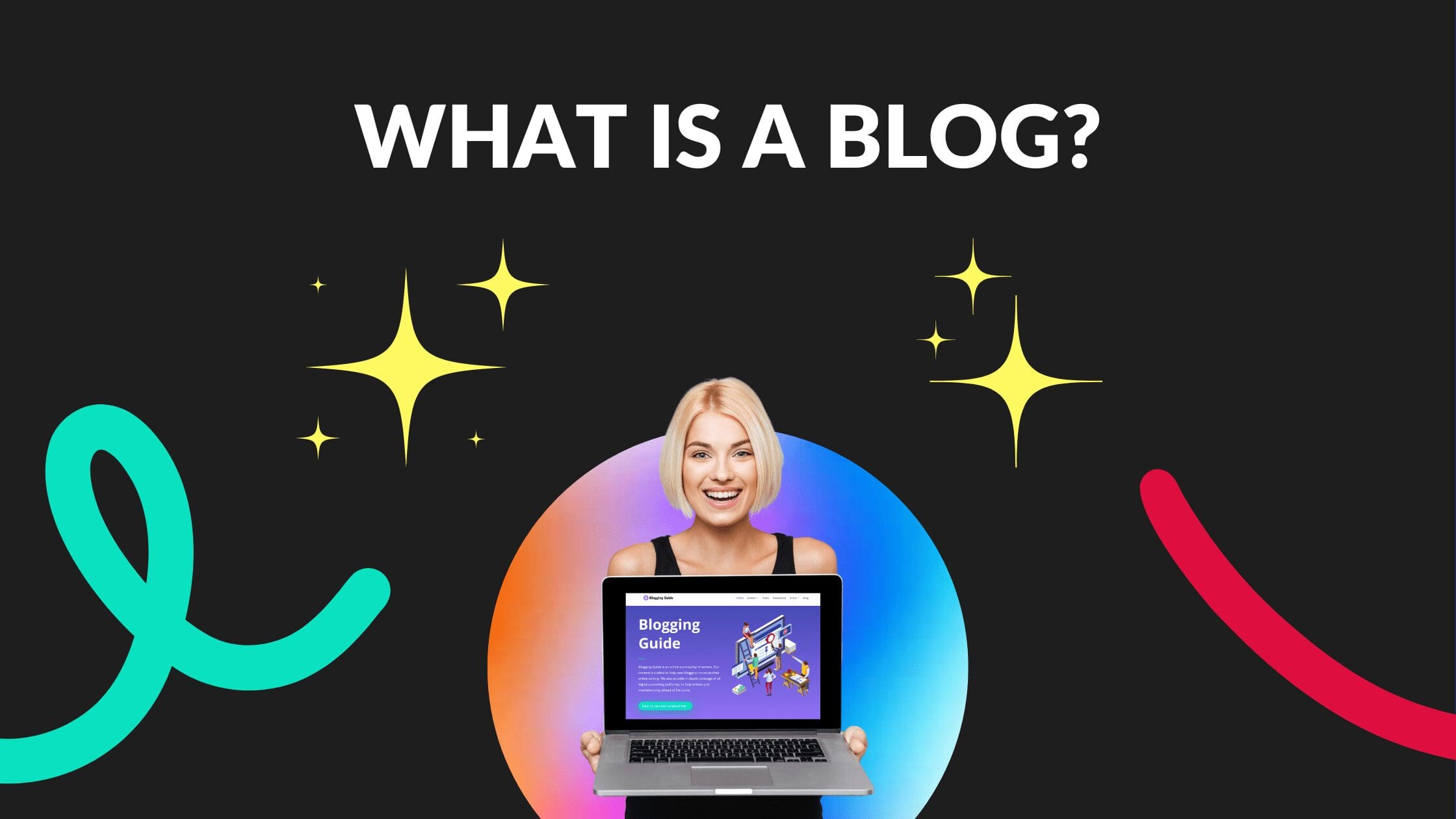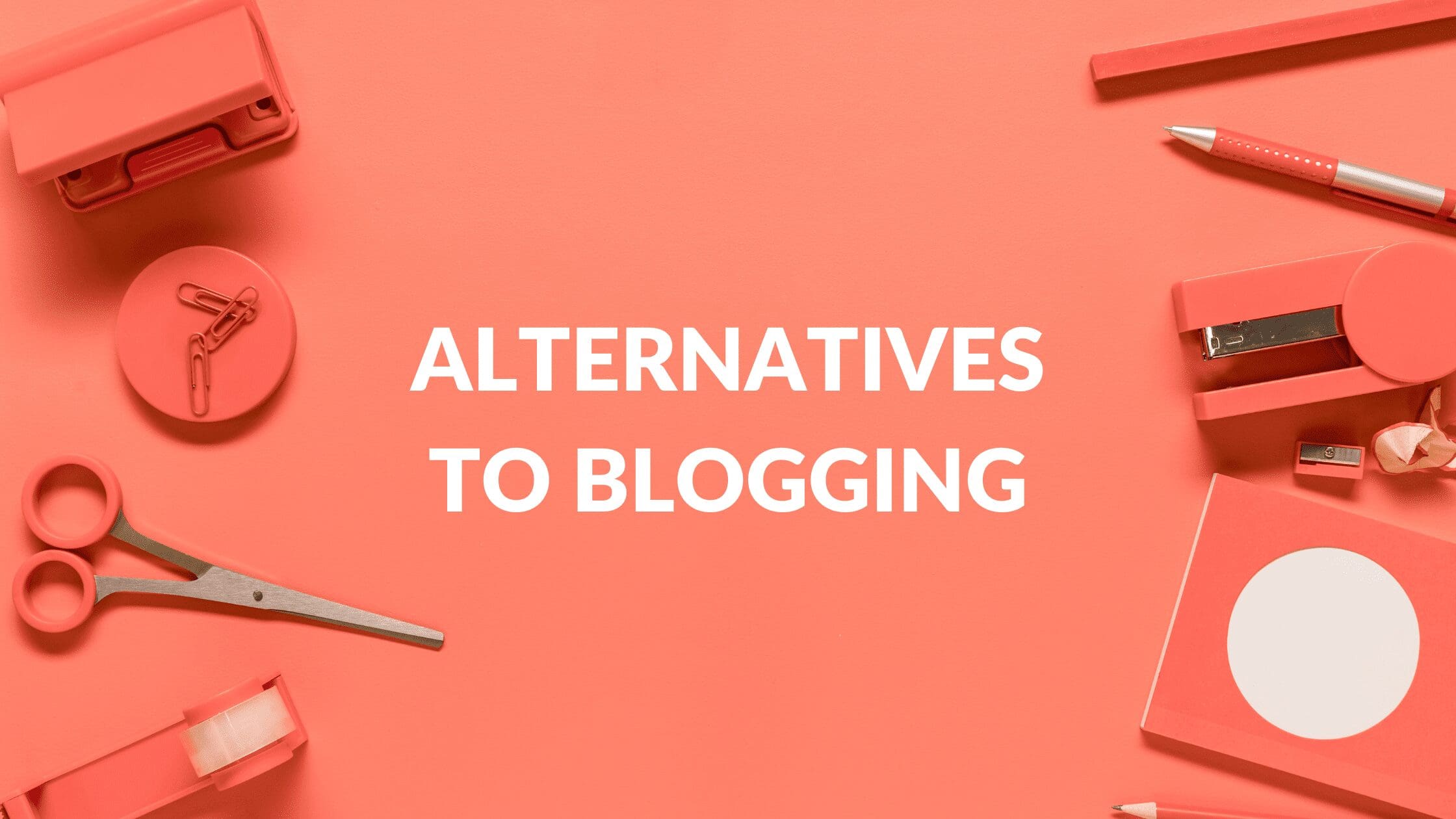Blogging vs. YouTube: Which is More Profitable?

Written by Casey Botticello
Disclosure: Some of the links below are affiliate links, meaning that at no additional cost to you, I will receive a commission if you click through and make a purchase. Read our full affiliate disclosure here.
To blog or to vlog? Choosing between earning an income from publishing blog posts or making money by uploading videos on YouTube is a question many content creators ask. While both options can generate great revenue, how much you stand to make is up for debate. So, which is the more profitable – blogging or YouTube? Let’s find out.
The blogging vs YouTube battle is a longstanding one. Bloggers and YouTubers have been arguing for years about which medium is the more profitable choice. Blogging has proven to be a sustainable income option, providing bloggers with myriad monetization opportunities while allowing them to build profitable businesses. YouTube, today’s dominant social media video-sharing platform, reaches a massive market, giving content creators an exciting avenue to earn income for their videos.
We compare blogging and YouTube, checking out how they stack up against one another on the profit front. From the advantages and risks of each option to how much you can expect to earn from your content, the showdown between blogging and YouTube starts here.
Content Wars: Blogging vs. YouTube

In many ways, a busy blog and a YouTube channel are pretty similar. In others, they’re worlds apart. While blogging harnesses the power of the written word, YouTube is already riding high on the next big medium boom – video. Despite their different formats, content creators and YouTubers alike are netting healthy revenues, using similar methods to earn money online.
Let’s take a look at the fundamentals of blogging vs. YouTube.
Blogging
Blogging involves posting blogs, articles, and other written content to a dedicated blog site, in the blogging section of a regular website, or on a blogging platform. Blogs can vary anywhere in length from 600 to 3,000 words, and they rely on search engines being able to seek out and find their content. Bloggers use SEO and other strategies to promote their blogs, striving to produce original, relevant content that provides value to people.
Blogs are dynamic digital resources for sharing information and helping people find answers to their questions or solutions to their problems. Blogs are great for making money through display advertising and affiliate marketing and also provide excellent opportunities for advertising and selling products and merchandise.
Anyone can start a blog, and many different tools and resources are available for getting up and running. Bloggers build trust and credibility among their audience by publishing accurate, high-quality written content optimized and enriched with resources that people can use.
Click here to learn more about what blogging entails and what a blog really is.
YouTube
YouTube is a video-orientated social media platform where creators can post content to their channels for others to watch or download. Videos can run up to 15 minutes by default (longer if you have a verified account), and vloggers can enrich them with clickable in-video links or through resources included in their video descriptions.
YouTubers rely on people sharing and liking their videos in order to succeed and use various optimization tactics to allow the platform to place the right videos in front of the right audiences. YouTube’s audience is massive too. With over 2.6 billion active users, content creators on the platform have access to one of the largest markets on earth.
YouTube is great for earning income beyond advertising, with sponsorships and subscription-based revenue streams, and brands love collaborating with successful YouTubers to promote their image and products. The platform has begun incentivizing content creators to generate more engaging, high-quality content and is now actively paying them to do so.
How Bloggers and YouTubers Make Money
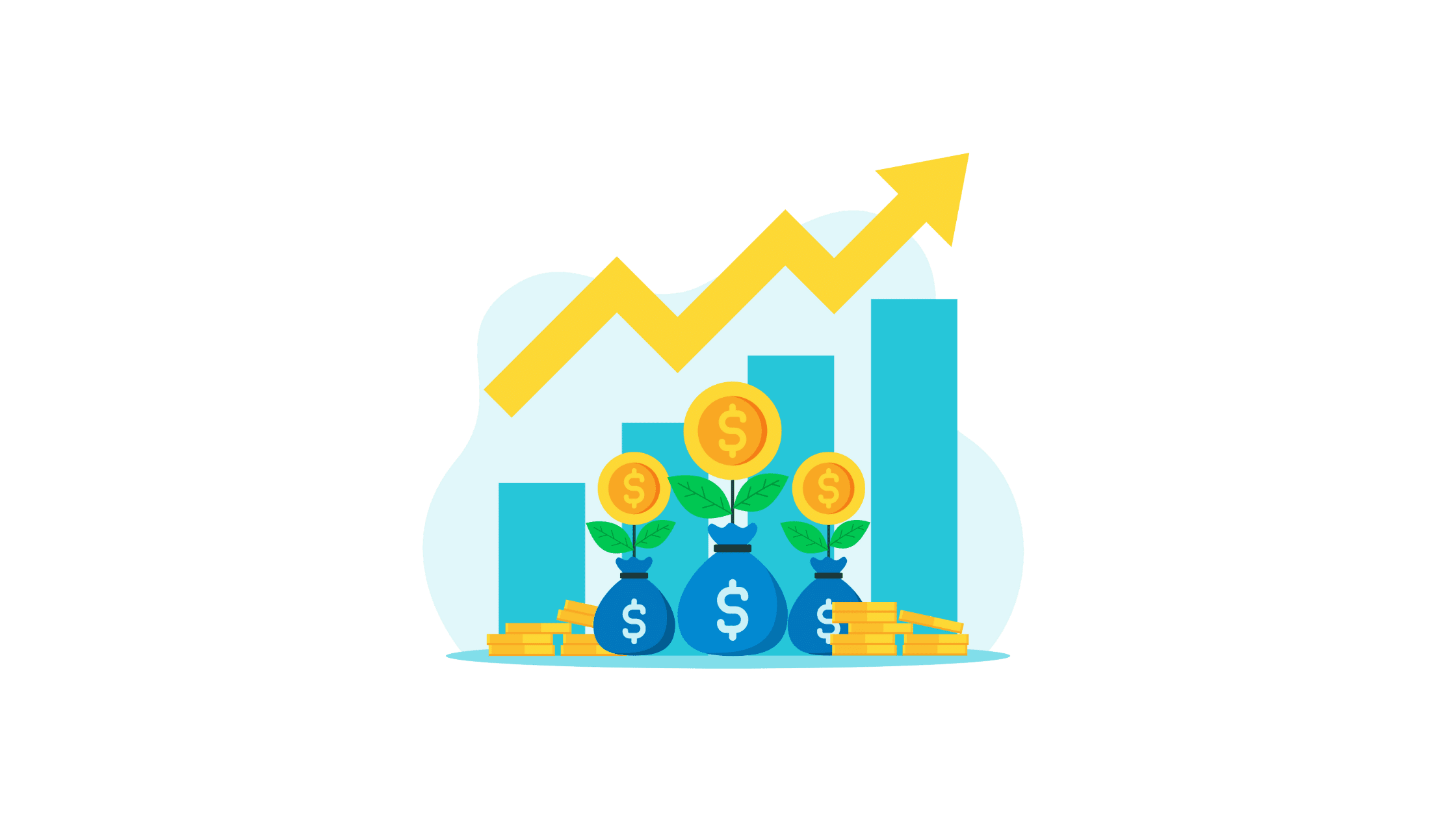
There are many different options available to content creators to generate income by posting blogs or videos. While most are effective across both mediums, some work better than others.
- Display Advertising – This is the primary revenue stream for blogging and YouTube. Bloggers can collaborate with ad networks, adding advertising to their blogs and getting paid based on how many impressions and pageviews they get. YouTubers can use the platform’s partner program to access revenue shares from ads in their video content.
- Best for: Both. YouTubers’ ads play before and during videos, while blogs can post their ads alongside their content or with pop-ups.
- Affiliate marketing – Affiliate marketing allows content creators to include links directing people to affiliate partners’ websites. Every time someone clicks on a link or makes a purchase, you get paid.
- Best for: Blogging. People are more likely to click on an affiliate link in a blog post than during a video. While YouTube does allow you to include affiliate links in your video descriptions, click-through rates remain pretty low.
- Sponsorships and paid content – YouTubers and bloggers with big followings and high traffic to their respective sites and channels can partner with brands, getting paid to create content that promotes the brand’s products or image.
- Best for: YouTube. While some bloggers earn big bucks from big brands for creating promotional blogs and article content for brands, YouTube’s wider market reach and video appeal make the platform ideal for getting paid to promote.
- Selling merchandise and products – Content creators looking to sell their own merch can count on both mediums to help them do so. Both blogging and video content are ideal for marketing your goods, and eCommerce is on the up.
- Best for: Blogging (with YouTube still an excellent option). eCommerce sites like Shopify and BigCommerce provide site builders designed to help bloggers post content to market their wares and integrate with existing blogs. However, YouTube is quickly catching up, creating better features and capabilities that are allowing YouTubers to do the same.
- Subscriptions & memberships – With high-quality the name of the game, creators can now charge people for access to their premium content, coaching sessions, and more. These subscription and membership fees are great long-term income options.
- Best for: YouTubers, but also bloggers. Subscription revenue is a primary income stream for many YouTubers but often requires them to have large followings and view counts first. Bloggers are using various tools and platforms to get their readers to sign up for paid newsletters, premium posts, and high-quality content.
Pros and Cons of Blogging vs. YouTube

Both blogging and YouTube offer many benefits for creators everywhere. But it’s on the income front where most of us are keeping an eye on things in the blogging vs. YouTube debate. We look at the pros and cons of each.
Blogging Pros:
- Getting started is easy– With resources like WordPress, platforms like Blogger.com, and content writing services like Medium, getting your blog published and read is easy. Starting a blog has never been more simple.
- Better revenue stability– While blogs are vulnerable to the ups and downs of making money online, in general, blogging income is relatively stable. Changes in income and RPM happen at a slower pace than on social media platforms, allowing bloggers to take action to offset any negative developments before it’s too late.
- More content creation options– If you love writing, you’ll be happy to know there is more on the content buffet than simply creating blog posts. Bloggers can supplement their blogging revenue with other written content like newsletters, eBooks, guides, and more. These additional revenue streams can turn into lucrative incomes when built around a good blog.
Blogging Cons:
- You’re often on your own– Unless you’re using a blogging platform, you’re alone out there, fighting for your share of traffic against other bloggers. So unless you’re an SEO, web design, and marketing wizard all rolled into one ‘superblogger,’ you’ll likely need a little extra help and resources.
- Takes time to succeed– Blogging success doesn’t come overnight. Some blogs can take years before they become genuinely profitable, and even a small change in Google’s algorithm can set you back months, if not years.
- Time and effort– Arguably, the biggest drawback to blogging is the time and energy it takes to consistently produce engaging, high-quality blog content. There are only 24 hours in a day, and many bloggers soon learn that blogging can be time-consuming labor-intensive work.
YouTube Pros:
- Support– YouTube will do everything to help creators retain subscribers because then they make money too. Their partner programs are already bearing fruit, rewarding creators for sticking with the platform and churning out better content.
- Massive built-in audience– There’s no denying that YouTube’s colossal reach and engaged community are a big plus for the social media platform. With such a sizeable ready-made market at your fingertips, creators are flocking to the video-sharing site.
- Video on the up– With improving bandwidths and a preference shift towards video content, YouTube content continues to grow in popularity and profitability. As people find more innovative and exciting ways to deliver their messages via video, so too are audience tastes and preferences changing.
YouTube Cons:
- Can be difficult to start earning– YouTube was once notorious for only being profitable to a small percentage of top content creators. But while things have changed, making earning income on the platform more accessible to smaller creators, generating a long-term, sustainable income can still be challenging.
- You’ll need some video skills (and equipment)– While all a blogger needs to get started is a laptop, and an internet connection, for YouTubers, good video equipment is key. From adequate lighting and a powerful camera to editing software and video skills, turning a profit on YouTube may require significant extra upfront investment and hard skills.
- Content ownership & use– One of the biggest drawbacks of making money on YouTube is that you don’t fully own your content. Where bloggers own all the rights to their content and can check online if anyone is using it without permission, catching people pirating your YouTube video content is far more difficult.
To Write or Record? What Works for You
Choosing between going the blogging or YouTube route is up to you. Depending on your interests and passions, skills, and resources, your goals and objectives may complement or conflict with one another.
Either way, whichever you decide when considering the potential between blogging vs YouTube, you’ll need to know how to get started before considering which options will likely be the most profitable.
How to Start a Profitable Blog
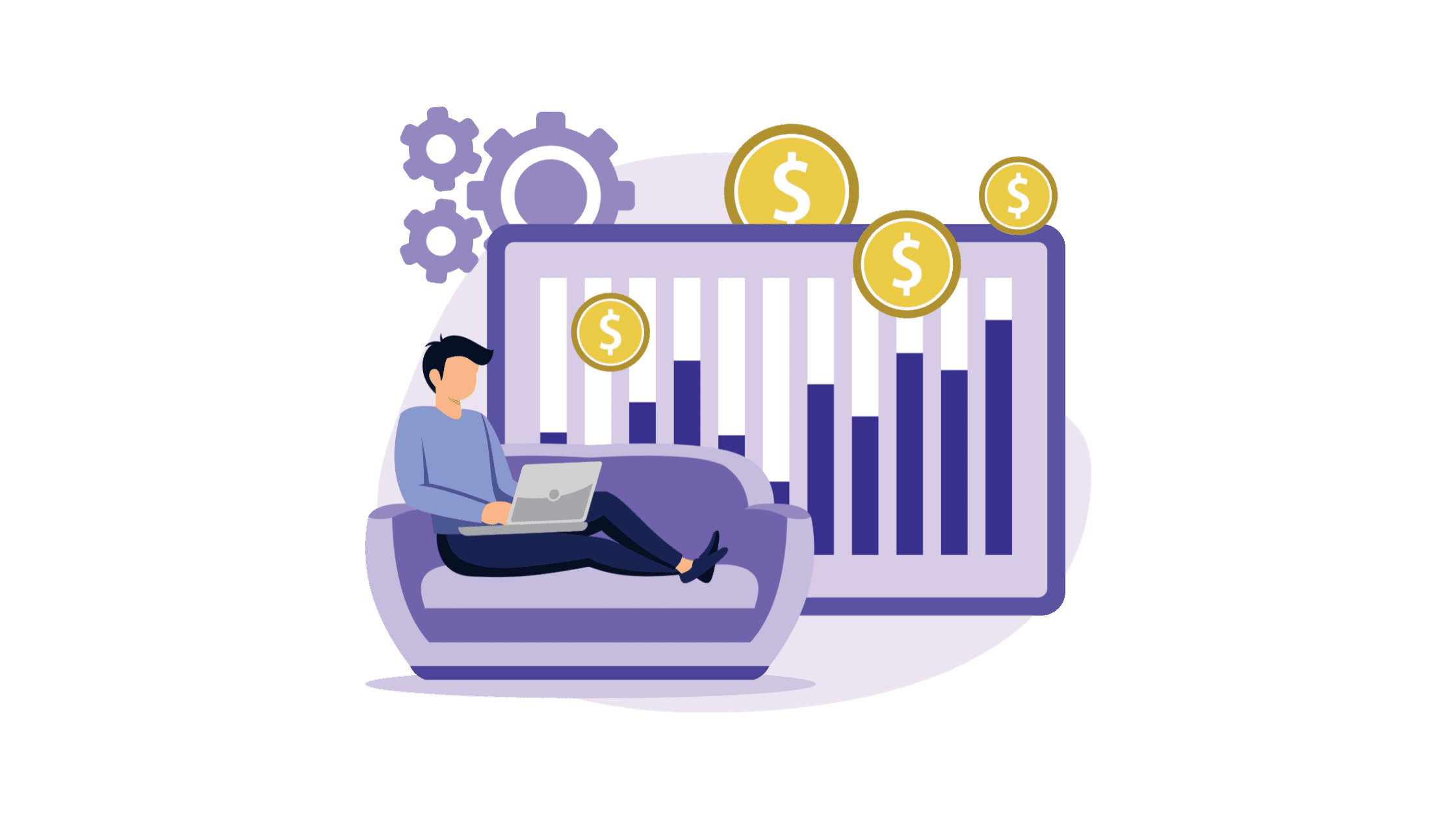
Starting a blog is easy and affordable. Bloggers can pick between blogging on their standalone website or publishing on a blogging platform. Many bloggers do both, publishing across multiple platforms and social media channels to ensure good market reach and access to a wider audience.
1. Pick a Niche

Start by looking at the different segments of the market who may be interested in what you have to write about. Examine each segment’s competition, audience traits, monetization potential, and trends data.
Remember to pick a niche (not forgetting to identify various sub-niches) for your blog that you know enough about to write with confidence and authority, and try to choose one which also interests you.
Learn how to choose a blogging niche here.
2. Create Your Blog Website or Sign Up for Blogging Platform

Once you’ve nailed down your target niche, you can create a blog using website-building tools or platforms like WordPress, Wix, or Blogger. These tools offer great templates to get started with and will help you to design a blog that works and performs well.
3. Choose a Web Hosting Service

Blogs need somewhere to live. Web hosting services allow you to store your blog on their servers, taking care of all the technical stuff, so you don’t have to. Providers like Bluehost or Kinsta are reliable, affordable services that let you manage your hosting yourself.
Check out this list of best website hosting services for bloggers.
4. Design and Optimize Your Blog

Here, things get creative. Designing an appealing blog is important to ensure that your readers enjoy the experience of visiting your page. Use tools like Canva to ensure consistent brand design and make sure that your website looks great and speaks to your audience.
Next, optimize your blog by following SEO guidelines and ensuring that everything works correctly so that Google can find you. Check out this guide on SEO for bloggers that will get you started
5. Start Blogging

OK – now for the main event. It’s time to start blogging. Draft your first blog post, edit it, optimize and publish. Easy. Try to post consistently and ensure you’re generating original content that readers will find useful. The better your content, the more traffic your blog will receive – vital if you want to monetize.
6. Promote and Market Your Blog

Once your blog is up and running, you’ll begin to rank organically as search engines notice your content, people share your posts, and more of them visit your page. But if you want your blog to stay profitable, you’ll need to give it a boost. Promote your blog on social media platforms, think about doing guest posts, and publish across multiple platforms.
7. Monetize

Finally, once your blog is cruising along nicely, it’s time to monetize. We already spoke about the various monetization techniques preferred by bloggers earlier in this post. However, it’s up to you to pick the one which works best.
Google’s AdSense is an excellent option for beginner bloggers and new blogs, while there are countless affiliate marketing opportunities for bloggers out there. Once your traffic is up and you’re seeing sustainable numbers, think about kicking off subscription offers, branching out into other content types, and applying to the top ad networks that pay very well.
How to Start a Profitable YouTube Channel
1. Register & Create YouTube Channel
If you somehow don’t already have one, register on Google, sign up for YouTube and start a channel. Complete your profile, remembering to include all relevant information, so people know who you are.

2. Detail and Customize Your Channel
Create some exciting channel art that speaks to who you are as a creator, and try to ensure that you display brand consistency across the profile. Create a YouTube channel trailer describing who you are and providing a peek into your brand. This is a crucial step to success as a YouTuber so think carefully about how you want to appear to your viewers.

3. Plan Your Content Strategy
Simply posting videos at random will not do your channel any favors, not to mention the negative impact it will have on prospective brand partners. Set up a content strategy and schedule that you can plan around, and build a video pipeline allowing you to post consistently and regularly. Think about your target audience and revenue objectives and go from there.

4. Record and Edit Your Videos
Here’s where the fun starts. Plan and shoot your first video, edit it using editing software and ensure that it is of high quality. You may have to reshoot a few times, and the editing process can be tedious, but the more effort you put into your video, the better it will perform on the platform. The competition on YouTube is fierce, so don’t be afraid to invest heavily here.

5. Optimize Your Videos for Search
Like blog content, YouTube videos rely on optimization for the platform’s algorithm to identify the right videos for the right audiences. Google also depends on good optimization practices to rank video results organically in their SERPs, so you’ll need to consider good off-platform SEO too. Optimize your videos. Use hashtags, take note of recommended video run times, refine your descriptions with good keyword use and relevant tags, and give your videos catchy titles.

6. Monetize Your Channel
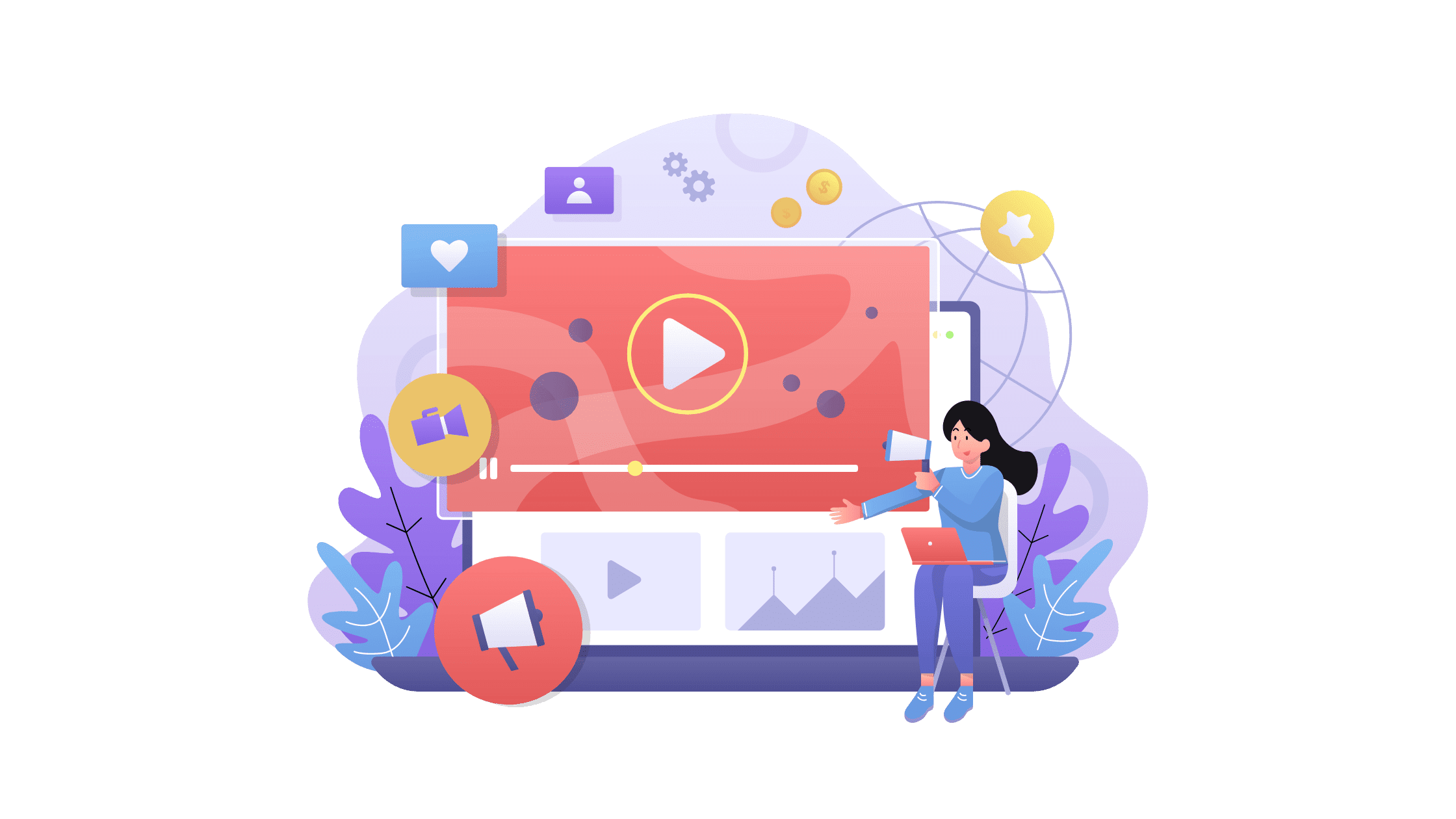
Monetizing your YouTube channel starts with joining the YouTube partner program. You’ll need to reach their minimum requirements before getting approved, but once you’re in, you can start earning.
Earning on your YouTube channel includes advertising, appealing to fans during live streams, selling stickers and products, and collaborating with YouTube BrandConnect. YouTube does have a couple of guidelines and rules you’ll need to take note of, though. You can get paid for sponsored videos, include affiliate links in video descriptions, and offer paid subscriptions to subscribers.
7. Promote, Engage, & Analyze

YouTube can be pretty competitive, and channel profitability can get volatile if you don’t keep an eye on things. You’ll need to post high-quality video content consistently, engage with your audience (more than you would on a blog site), and keep tabs on metrics and performance data. Keep refining your content strategy and work hard to grow your subscriber base.
Blogging vs. YouTube: Do Both!
If you’re still wondering which option is more profitable between blogging or YouTube, at least now you have a better idea as to the potential for each. How much you stand to make online is up to you.
Blogging has been around for many years and has evolved into an online industry that is in high demand. Bloggers must stay updated with trends and audience expectations to remain competitive and scale their businesses. Bloggers stand to make healthy, sustainable revenues over the long term and, if they get it right, can count on their blogs to deliver great passive incomes later on.
YouTubers are driving a shift in content consumption, taking video to new levels while earning more and more every year. Despite heavy competition among YouTubers, creators are earning more, building their brands, and finding new ways to engage with their audience. The platform has opened new doors to make more money online, and with access to such a vast market, this comes as no surprise.
So, many content creators are taking on both blogging and YouTube, combining the best of what both the written and video mediums have to offer and integrating them into powerful business opportunities. If you want to succeed, you can do the same.


